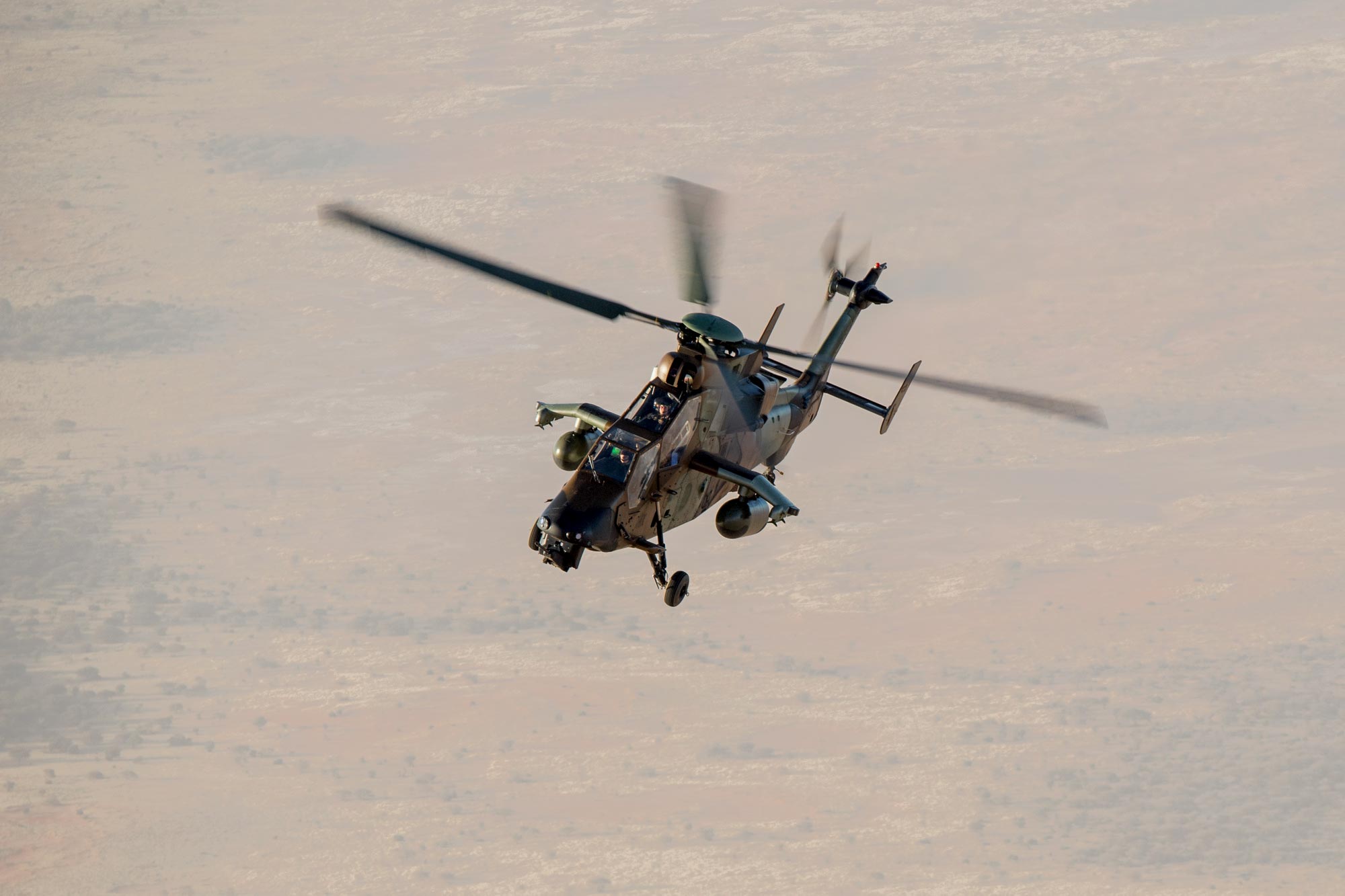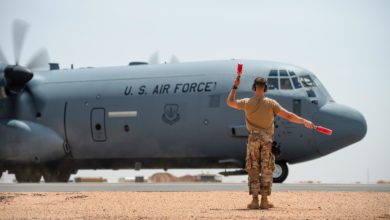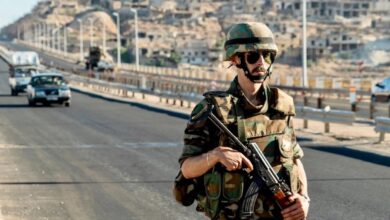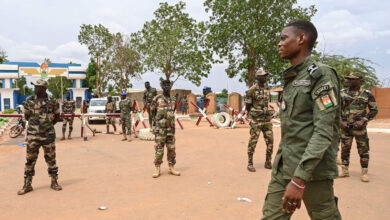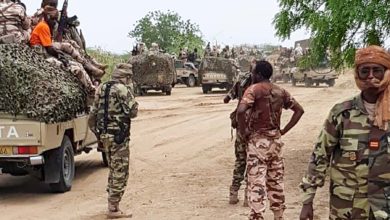An ambush by Islamic State West Africa Province did not cause a collision between two French army helicopters which left 13 soldiers dead in Mali, France’s military chief of staff said Friday, November 29.
Islamic State said its ISWAP fighters were responsible for Monday’s collision between a Tigre attack helicopter and a Cougar military transport helicopter, the heaviest single loss for the French army in nearly four decades.
“It’s totally false,” General Francois Lecointre told Radio France International.
“The truth is that there was a collision during a very complex combat operation,” he said.
“The French army is telling the truth: we owe it to our soldiers and to the families of our dead colleagues.”
ISIS said ISWAP fighters ambushed a French convoy near Indelimane village, in the Menaka area, and opened fire on one of the helicopters that arrived in support.
“After staggering in flight, it then collided with another helicopter, killing 13 Crusaders,” a Thursday ISIS statement said.
Lecointre said there was no attack by the fighters that the army was pursuing near the borders with Burkina Faso and Niger.
“There was no withdrawal of an aircraft in the face of fire from the jihadists,” he added.
The general said the helicopter black boxes were being analysed for details of exactly what happened.
The November 25 collision brought to 41 the number of French troops killed in the Sahel region since France intervened against jihadist groups in northern Mali in 2013. The soldiers were with France’s Operation Barkhane counter-terrorism mission in the Sahel.
Since May, ISIS has attributed insurgent activities in the Mali-Burkina Faso-Niger tri-border area to its West Africa Province affiliate, rather than to what was previously known as Islamic State in the Greater Sahara.
On November 16, a French commando was seriously injured in a counter-ISIS operation that killed 5 ‘terrorists’ around 20 km south of Indelimane, also rendered as In Delimane.
ISIS claimed two significant attacks in the Indelimane area earlier this month. It said its fighters were responsible for an attack on a military base in Indelimane that killed at least 49 people, and for a roadside bomb blast that killed a French soldier between Gao and Menaka the following day. ISIS said that attack was also in the Indelimane area.
Unrest in the Sahel
In 2012 a Tuareg separatist uprising against the state was exploited by Islamist extremists linked to al-Qaeda who took key cities in Mali’s desert north.
France began its Operation Serval military intervention in its former colony early the next year, driving the jihadists from the towns, and the MINUSMA peacekeeping force was then established.
But the militant groups have morphed into more nimble formations operating in rural areas, and the insurgency has gradually spread to central and southern regions of Mali and across the borders into neighboring Burkina Faso and Niger. Large swathes of Mali remain outside government control, and inter-ethnic bloodshed is a regular occurrence.
Many armed groups are active in Mali and the wider Sahel region, but the majority of attacks are attributed to JNIM, which formed in March 2017 from a merger of several smaller groups including the Sahara branch of al-Qaeda in the Islamic Maghreb, Ansar Dine and al-Mourabitoun. JNIM’s leadership has pledged allegiance to al-Qaeda leader Ayman al-Zawahiri.
The U.N. says that since January more than 1,500 civilians have been killed in Burkina Faso and Mali, and more than one million people have been internally displaced across the five Sahel states – more than twice the number displaced in 2018. Access has become increasingly difficult, but 12 million people are in need of humanitarian assistance.
The Serval mission evolved in August 2014 into Operation Barkhane, and roughly 4,500 French troops are deployed in the region, including around 2,700 soldiers in Mali. Barkhane has a growing international dimension, with European partners sending more troops and equipment. Denmark is to send two helicopters and up to 70 troops to support Barkhane in December and Estonia is to almost double the size of its Barkhane contingent in 2020. Chinook helicopters from the United Kingdom currently support the operation.
Operation Barkhane focuses activity in insurgent-hit Mali, Niger and Burkina Faso, and troops work alongside other international operations, including the 14,000-strong MINUSMA U.N. stabilization mission in Mali and the G5 Sahel Joint Force (FCG5S), a planned 4,500-strong joint counter-terrorism force comprising troops from Burkina Faso, Chad, Mali, Niger and Mauritania.
France has also been trying to build international support for a new military force to work alongside Barkhane.
French plans for a new international special operations task force for the Sahel were first reported in early October, and on November 5, Armed Forces Minister Florence Parly said that France expected the new force – dubbed “Takuba” – to deploy in Mali by 2020. Around a dozen European states “have expressed an interest in taking part in this initiative,” a French Armed Forces spokesperson said.
Estonia is the first partner to confirm a special operations forces deployment to Takuba. A defense ministry spokesperson told The Defense Post that special forces will deploy to Mali in the second half of 2020 and that force will ‘assist, advise and accompany’ the Malian Armed Forces.
Earlier this month, senior officials said the United States is seeking a meeting of the Coalition against ISIS early in 2020 to focus on threats in West Africa and the Sahel.
With reporting from AFP

